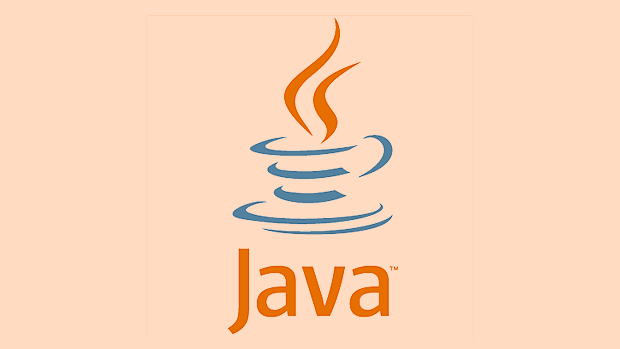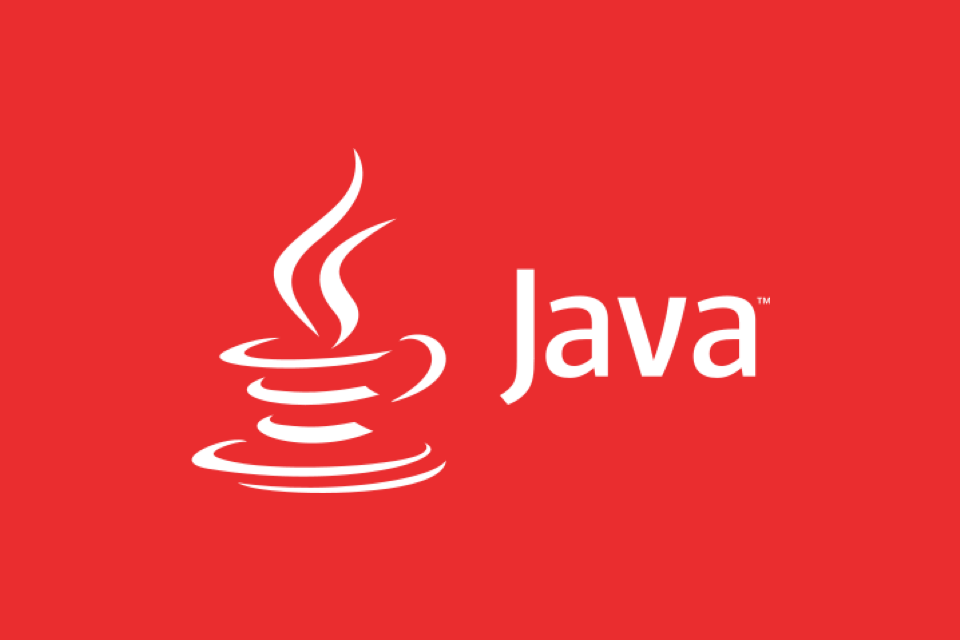How to Manage Dependencies in a Large-Scale Java Project
Use Maven or Gradle consistently for reliable dependency management with clear scopes and centralized configuration. 2. Structure large projects into multi-modules with a parent POM or root project to manage shared dependencies and enable reuse while avoiding cycles. 3. Strictly control versions using BOMs or platform declarations, avoid ranges, and regularly audit dependency trees to resolve conflicts. 4. Minimize dependencies by removing unused ones, prefer lightweight libraries, and use tools like OWASP Dependency-Check or Snyk to scan for vulnerabilities. 5. Isolate third-party libraries behind interfaces to reduce coupling, simplify testing, and enable easier replacements. 6. Automate updates using Dependabot, Renovate, or Gradle Versions Plugin with CI-integrated testing to ensure stability. 7. Enforce architectural and dependency policies via static analysis tools like ArchUnit or maven-enforcer-plugin to maintain code quality and security. Effective dependency management ensures stability, security, and maintainability in large-scale Java projects through standardization, automation, and continuous oversight.

Managing dependencies in a large-scale Java project is critical to maintaining code stability, reducing technical debt, and ensuring smooth collaboration across teams. As projects grow, the number of third-party libraries, internal modules, and transitive dependencies increases—making dependency management complex. Here’s how to handle it effectively.

1. Use a Build Tool with Strong Dependency Management
The foundation of dependency management in Java is using a modern build tool. Maven and Gradle are the most popular choices.
-
Maven: Offers a declarative
pom.xmlfile with clear dependency declarations and built-in support for dependency scopes (compile,test,provided, etc.). - Gradle: More flexible and performant, especially for multi-module projects. Its Groovy or Kotlin DSL allows dynamic dependency resolution and better control.
✅ Best Practice: Stick to one build tool across the project and standardize its configuration across teams.

2. Organize Dependencies with a Multi-Module Structure
Large projects benefit from a modular architecture. Break the monolith into smaller, cohesive modules (e.g., user-service, payment-core, common-utils).
project-root/ ├── pom.xml (parent) ├── user-service/ ├── payment-core/ └── common-utils/
- Use a parent POM (in Maven) or root project (in Gradle) to define shared dependencies and versions.
- Declare dependencies between modules explicitly—avoid circular dependencies.
- Promote reuse: Common utilities (logging, config, DTOs) should be in shared modules.
✅ Tip: Use dependencyManagement in Maven or platform/bom in Gradle to centralize version control.

3. Control Dependency Versions Strictly
Uncontrolled versions lead to conflicts, security risks, and "works on my machine" issues.
- Avoid version ranges like
[1.2, 1.5)—they make builds non-deterministic. - Use Bill of Materials (BOM) files (e.g., Spring Boot’s
spring-boot-dependencies) to import consistent versions. - In Gradle, use
platform()orenforcedPlatform():implementation(platform("org.springframework.boot:spring-boot-dependencies:3.1.0"))
✅ Regularly audit: Use mvn dependency:tree or ./gradlew dependencies to inspect dependency graphs and spot conflicts.
4. Minimize and Audit Dependencies
Every added dependency increases the attack surface and maintenance burden.
- Remove unused dependencies—they can introduce vulnerabilities.
- Use tools like:
- OWASP Dependency-Check
- Snyk or GitHub Dependabot for vulnerability scanning
- jQAssistant or ArchUnit to enforce architectural rules
- Prefer small, focused libraries over large frameworks when possible.
✅ Example: Instead of pulling in a massive utility library, use java.util.Objects, Optional, or lightweight alternatives like Guava selectively.
5. Isolate Third-Party Dependencies
Avoid letting third-party APIs bleed into your core logic.
- Wrap external libraries behind interfaces or adapters.
- Example: Instead of using
OkHttpdirectly in multiple classes, create anHttpServiceinterface and inject the OkHttp implementation.
This makes it easier to:
- Swap libraries without widespread changes
- Mock dependencies in tests
- Reduce coupling
6. Automate Dependency Updates
Manual version tracking doesn’t scale.
- Use Dependabot (GitHub), Renovate, or Gradle Versions Plugin to get automated pull requests for updates.
- Schedule regular updates—don’t let versions drift for months.
- Test automatically: CI pipelines should run tests on dependency update PRs.
7. Enforce Policies with Static Analysis
Use tools to enforce rules across the codebase.
- ArchUnit: Prevent unwanted dependencies (e.g., “web layer must not depend on data layer”).
- maven-enforcer-plugin: Enforce dependency convergence, banned libraries, or Java version.
- Gradle’s dependency constraints: Block certain versions or force specific ones.
Example (Maven):
<plugin>
<groupId>org.apache.maven.plugins</groupId>
<artifactId>maven-enforcer-plugin</artifactId>
<executions>
<execution>
<id>enforce</id>
<configuration>
<rules>
<DependencyConvergence/>
<bannedDependencies>
<excludes>
<exclude>log4j:log4j</exclude>
</excludes>
</bannedDependencies>
</rules>
</configuration>
</execution>
</executions>
</plugin>Basically, managing dependencies at scale is about control, visibility, and automation. Use a consistent build setup, structure your project wisely, lock down versions, and continuously monitor for issues. It’s not glamorous, but it keeps your project maintainable and secure.
The above is the detailed content of How to Manage Dependencies in a Large-Scale Java Project. For more information, please follow other related articles on the PHP Chinese website!

Hot AI Tools

Undress AI Tool
Undress images for free

Undresser.AI Undress
AI-powered app for creating realistic nude photos

AI Clothes Remover
Online AI tool for removing clothes from photos.

Clothoff.io
AI clothes remover

Video Face Swap
Swap faces in any video effortlessly with our completely free AI face swap tool!

Hot Article

Hot Tools

Notepad++7.3.1
Easy-to-use and free code editor

SublimeText3 Chinese version
Chinese version, very easy to use

Zend Studio 13.0.1
Powerful PHP integrated development environment

Dreamweaver CS6
Visual web development tools

SublimeText3 Mac version
God-level code editing software (SublimeText3)
 How does a HashMap work internally in Java?
Jul 15, 2025 am 03:10 AM
How does a HashMap work internally in Java?
Jul 15, 2025 am 03:10 AM
HashMap implements key-value pair storage through hash tables in Java, and its core lies in quickly positioning data locations. 1. First use the hashCode() method of the key to generate a hash value and convert it into an array index through bit operations; 2. Different objects may generate the same hash value, resulting in conflicts. At this time, the node is mounted in the form of a linked list. After JDK8, the linked list is too long (default length 8) and it will be converted to a red and black tree to improve efficiency; 3. When using a custom class as a key, the equals() and hashCode() methods must be rewritten; 4. HashMap dynamically expands capacity. When the number of elements exceeds the capacity and multiplies by the load factor (default 0.75), expand and rehash; 5. HashMap is not thread-safe, and Concu should be used in multithreaded
 Java Optional example
Jul 12, 2025 am 02:55 AM
Java Optional example
Jul 12, 2025 am 02:55 AM
Optional can clearly express intentions and reduce code noise for null judgments. 1. Optional.ofNullable is a common way to deal with null objects. For example, when taking values from maps, orElse can be used to provide default values, so that the logic is clearer and concise; 2. Use chain calls maps to achieve nested values to safely avoid NPE, and automatically terminate if any link is null and return the default value; 3. Filter can be used for conditional filtering, and subsequent operations will continue to be performed only if the conditions are met, otherwise it will jump directly to orElse, which is suitable for lightweight business judgment; 4. It is not recommended to overuse Optional, such as basic types or simple logic, which will increase complexity, and some scenarios will directly return to nu.
 How to fix java.io.NotSerializableException?
Jul 12, 2025 am 03:07 AM
How to fix java.io.NotSerializableException?
Jul 12, 2025 am 03:07 AM
The core workaround for encountering java.io.NotSerializableException is to ensure that all classes that need to be serialized implement the Serializable interface and check the serialization support of nested objects. 1. Add implementsSerializable to the main class; 2. Ensure that the corresponding classes of custom fields in the class also implement Serializable; 3. Use transient to mark fields that do not need to be serialized; 4. Check the non-serialized types in collections or nested objects; 5. Check which class does not implement the interface; 6. Consider replacement design for classes that cannot be modified, such as saving key data or using serializable intermediate structures; 7. Consider modifying
 How to handle character encoding issues in Java?
Jul 13, 2025 am 02:46 AM
How to handle character encoding issues in Java?
Jul 13, 2025 am 02:46 AM
To deal with character encoding problems in Java, the key is to clearly specify the encoding used at each step. 1. Always specify encoding when reading and writing text, use InputStreamReader and OutputStreamWriter and pass in an explicit character set to avoid relying on system default encoding. 2. Make sure both ends are consistent when processing strings on the network boundary, set the correct Content-Type header and explicitly specify the encoding with the library. 3. Use String.getBytes() and newString(byte[]) with caution, and always manually specify StandardCharsets.UTF_8 to avoid data corruption caused by platform differences. In short, by
 Java Socket Programming Fundamentals and Examples
Jul 12, 2025 am 02:53 AM
Java Socket Programming Fundamentals and Examples
Jul 12, 2025 am 02:53 AM
JavaSocket programming is the basis of network communication, and data exchange between clients and servers is realized through Socket. 1. Socket in Java is divided into the Socket class used by the client and the ServerSocket class used by the server; 2. When writing a Socket program, you must first start the server listening port, and then initiate the connection by the client; 3. The communication process includes connection establishment, data reading and writing, and stream closure; 4. Precautions include avoiding port conflicts, correctly configuring IP addresses, reasonably closing resources, and supporting multiple clients. Mastering these can realize basic network communication functions.
 Comparable vs Comparator in Java
Jul 13, 2025 am 02:31 AM
Comparable vs Comparator in Java
Jul 13, 2025 am 02:31 AM
In Java, Comparable is used to define default sorting rules internally, and Comparator is used to define multiple sorting logic externally. 1.Comparable is an interface implemented by the class itself. It defines the natural order by rewriting the compareTo() method. It is suitable for classes with fixed and most commonly used sorting methods, such as String or Integer. 2. Comparator is an externally defined functional interface, implemented through the compare() method, suitable for situations where multiple sorting methods are required for the same class, the class source code cannot be modified, or the sorting logic is often changed. The difference between the two is that Comparable can only define a sorting logic and needs to modify the class itself, while Compar
 How to iterate over a Map in Java?
Jul 13, 2025 am 02:54 AM
How to iterate over a Map in Java?
Jul 13, 2025 am 02:54 AM
There are three common methods to traverse Map in Java: 1. Use entrySet to obtain keys and values at the same time, which is suitable for most scenarios; 2. Use keySet or values to traverse keys or values respectively; 3. Use Java8's forEach to simplify the code structure. entrySet returns a Set set containing all key-value pairs, and each loop gets the Map.Entry object, suitable for frequent access to keys and values; if only keys or values are required, you can call keySet() or values() respectively, or you can get the value through map.get(key) when traversing the keys; Java 8 can use forEach((key,value)->
 What is the 'static' keyword in Java?
Jul 13, 2025 am 02:51 AM
What is the 'static' keyword in Java?
Jul 13, 2025 am 02:51 AM
InJava,thestatickeywordmeansamemberbelongstotheclassitself,nottoinstances.Staticvariablesaresharedacrossallinstancesandaccessedwithoutobjectcreation,usefulforglobaltrackingorconstants.Staticmethodsoperateattheclasslevel,cannotaccessnon-staticmembers,







